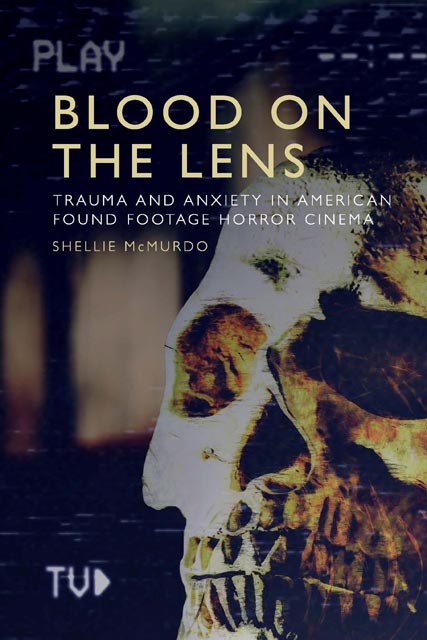4 - Found footage horror and televisual actualities
Published online by Cambridge University Press: 13 April 2023
Summary
Over the past few decades, the documentary mode has undergone seismic changes. As John Corner suggests, ‘a new fluidity of representation boundaries in documentary [have] appeared […] in response to the market need to hybridize across genres in the search for competitively attractive new recipes’ (1999: 183). This cross-fertilisation of genres has led to the emergence of several new reality formats. Some of these formats – which include reality television and semi-scripted docudramas – have caused scholarly debate, due to their location, as Annette Hill explains, ‘in border territories, between information and entertainment, documentary and drama’ (2005: 2). For a subgenre that readily adapts to new reality ‘looks’, it is perhaps not surprising that the specific aesthetics of various forms of televisual reality formats have been adopted by found footage horror, which has a keen eye towards new developments in representations of reality. For example, survivalist reality programming is a clear influence on The Hunted (2013), I Am Alone (2015), Devil’s Trail (2017) and Survive the Hollow Shoals (2018). Meanwhile, competition-based reality game shows are evoked in Tontine Massacre: The Fiji Tapes (2010), and reality television stars such as Duane ‘Dog’ Chapman and his show, Dog the Bounty Hunter (2004–12) are aped in Bounty (2009). The life-affirming family entertainment of such programmes as Little People, Big World (2006–) have then influenced the aesthetic of Delivery: The Beast Within (2013), which is replete with a TV-G rating icon in the film’s opening, while home improvement shows such as Extreme Makeover (2002–7) inform the presentation of They’re Watching (2016).
This chapter, however, will concern itself with two specific strands of televisual reality formats: the true crime television documentary and the ghost hunting reality show. Of particular interest here is how both of these strands have been critiqued for blurring the line between the real and the fake in their mixing of reality, fiction and history. Both true crime documentaries and ghost hunting shows base their content around real events and places, but will often include fictionalised elements such as dramatised reconstructions. These formats sit at an odd juncture, as although they have clear ties to the documentary tradition, they are not all the way ‘real’, yet also contain too much of the real to be dismissed as purely fictionalised.
- Type
- Chapter
- Information
- Blood on the LensTrauma and Anxiety in American Found Footage Horror Cinema, pp. 67 - 90Publisher: Edinburgh University PressPrint publication year: 2022



